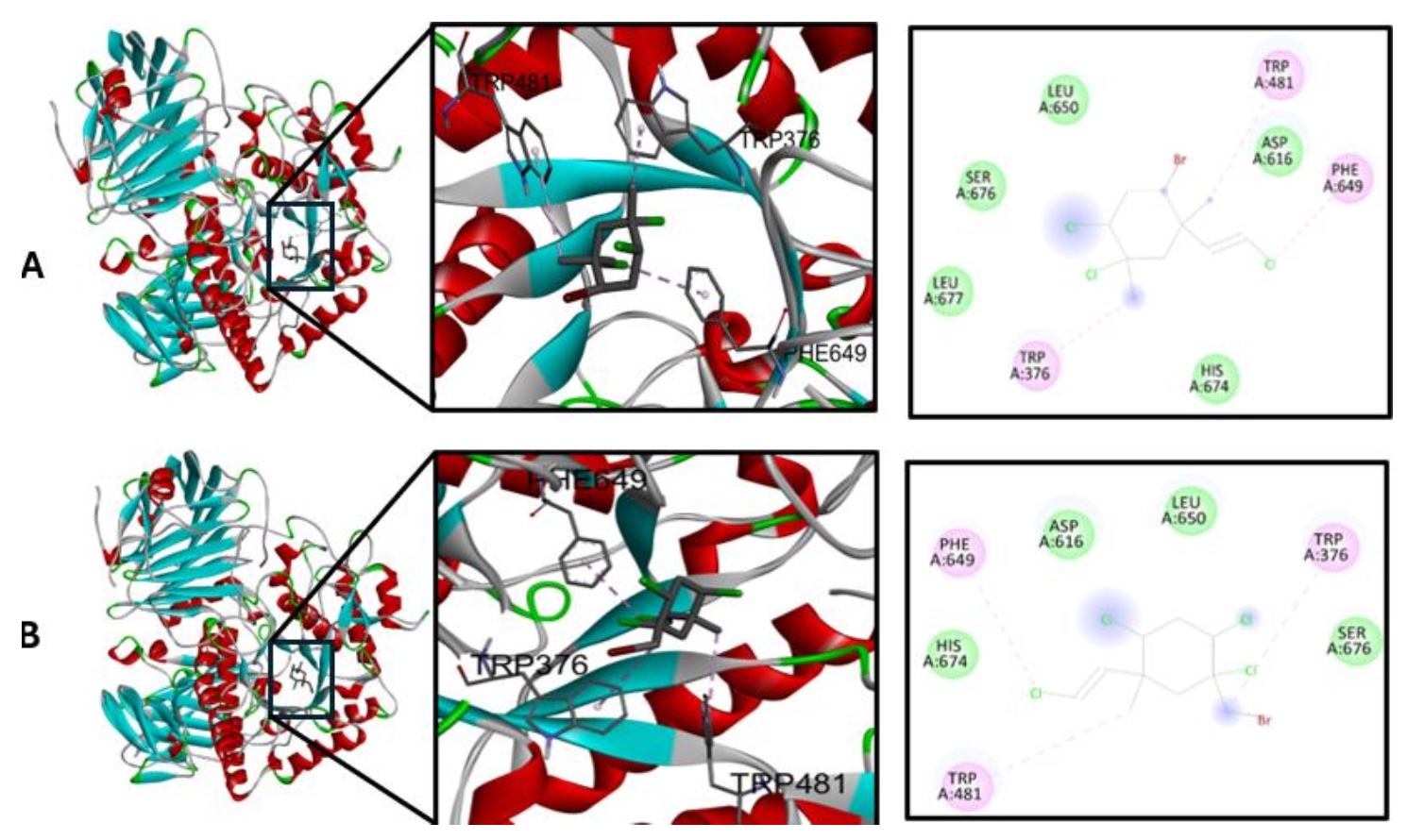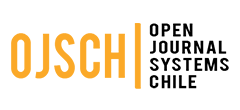- Plocamium,
- Diabetes,
- Mertensene Inhibitions,
- α-D-glucosidase
Copyright (c) 2024 SChQ

This work is licensed under a Creative Commons Attribution-NonCommercial-ShareAlike 4.0 International License.
Abstract
Seaweed is an inexhaustible source of chemical compounds of varied biological activity, characterized by the synthesis of various secondary metabolites that have antioxidant, anti-inflammatory, anticancer and antidiabetic activity. This study focused on the species Plocamium cartilagineum in search of a potential inhibitor of the enzyme α-D-glucosidase associated with type 2 diabetes mellitus. In recent years, bioautographic assays in TLC have become an effective tool to identify the presence of a possible enzyme inhibitor in a short time. The extract of P. cartilagineum was evaluated against the enzyme α-D-glucosidase and 4 compounds were isolated that showed important inhibitory activity of the enzyme by TLC. Pure compounds were identified by employing IR, EIMS, NMR and compared with authentic samples.
The CH2Cl2 extract of P. cartilagineum shows bioactive compounds, which were identified as: Mertensene; Violacene; 1S,2S,4R,5R)-1,2,4-trichloro-5-((E)-2-chlorovinil)-1,5-dimethyl cyclohexane and (1R,2S,4S,5S)-1,2,4-trichloro-5-((E)-2-chlorovinyl)-1,5-dimethylcyclohexane.

References
- REFERENCES
- J. Cremades, R. Barreiro, I. Maneiro, and G. W. Saunders, Eur. J. Phycol. 46, 125 (2011).
- V. Gressler, M. Lechtenberg, F. Petereit, H. Luftmann, A. Hensel, M. T. Fujii, P. Colepicolo, and E. Pinto, Soc. Bras. Química ( SBQ) 31, 2002 (2006).
- D. Dias and S. Urban, Phytochem. Anal. 19, 453 (2008).
- A. San-Martin, R. Negrete, and J. Rovirosa, Phytochemistry 30, 2165 (1991).
- J. Rovirosa, J. Moena, and A. San-Martín, Biochem. Syst. Ecol. 16, 593 (1988).
- V. Quitral R., C. Morales G., M. Sepúlveda L., and M. Schwartz M., Rev. Chil. Nutr. 39, 196 (2012).
- K. Y. Kim, K. A. Nam, H. Kurihara, and S. M. Kim, Phytochemistry 69, 2820 (2008).
- H. Kurihara, T. Mitani, and J. Kawabata, Fish. Sci. 65, 300 (1999).
- A. American Diabetes, Diabetes Care 33, S62 (2010).
- T. W. Zhihong Cheng, Comb. Chem. High Throughput Screen. 16 (2013).
- I. M. Choma and E. M. Grzelak, J. Chromatogr. A 1218, 2684 (2011).
- A. Marston, J. Kissling, and K. Hostettmann, Phytochem. Anal. 13, 51 (2002).
- C. A. Simões-pires, B. Hmicha, A. Marston, and K. Hostettmann, Phytochem. Anal. 20, 511 (2009).
- M. E. Ramirez, M. R. García-Huidobro M., and N. Orellana A., Boletín Mus. Nac. Hist. Nat. 57, 9 (2008).
- J. J. DiNicolantonio, J. Bhutani, and J. H. O’Keefe, Open Hear. 2, 1 (2015).
- A. F. Olea, H. Carrasco, L. Espinoza, and B. Acevedo, J. Chil. Chem. Soc. 59, 2451 (2014).
- L. Taborga, K. Díaz, A. F. Olea, P. Reyes-Bravo, M. E. Flores, H. Peña-Cortés, and L. Espinoza, J. Agric. Food Chem. 63, 6890 (2015).
- Sindhu.Nair, V. Kavrekar, and A. Mishra, Pelagia Res. Libr. 3, 128 (2013).
- A. J. Olson, J Comput Chem 31, 455 (2009).
- E. W. Bell and Y. Zhang, J. Cheminform. 11, 1 (2019).
- A. Castro-Alvarez, A. M. Costa, and J. Vilarrasa, Molecules 22 (2017).
- M. D. Hanwell, D. E. Curtis, D. C. Lonie, T. Vandermeerschd, E. Zurek, and G. R. Hutchison, J. Cheminform. 4 (2012).
- C. A. Lipinski, F. Lombardo, B. W. Dominy, and P. J. Feeney, Adv. Drug Deliv. Rev. 64, 4 (2012).
- A. Allouche, J. Comput. Chem. 32, 174 (2012).
- M. Assef, 829 (1989).

